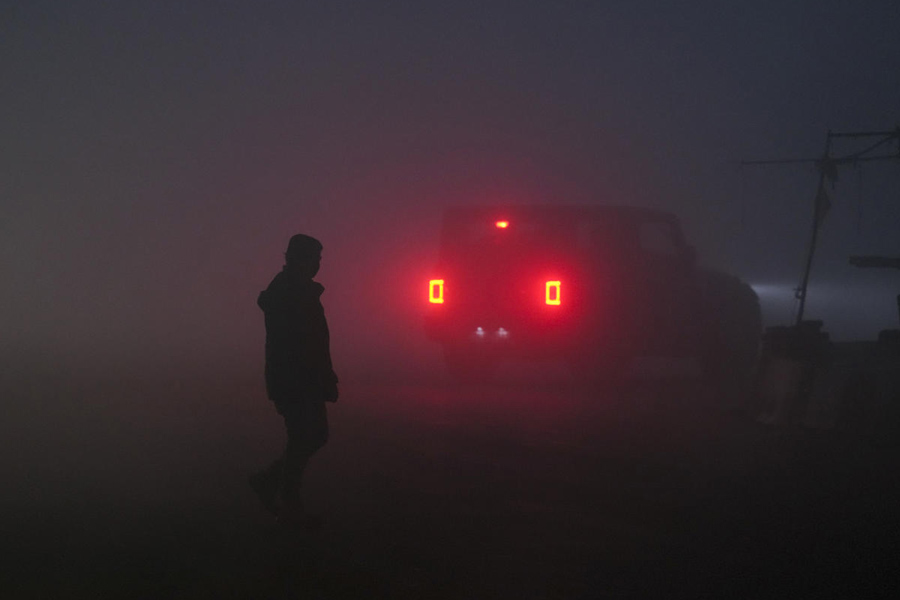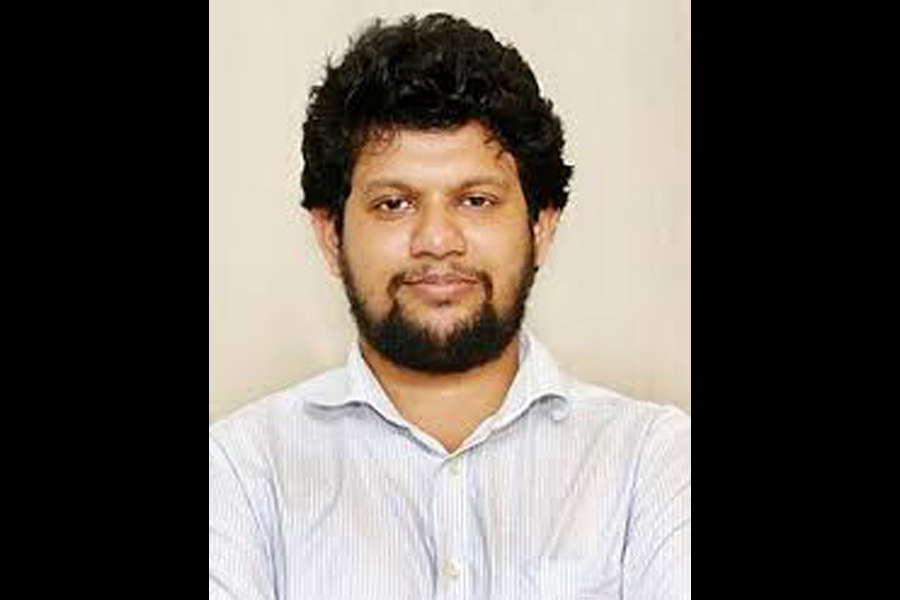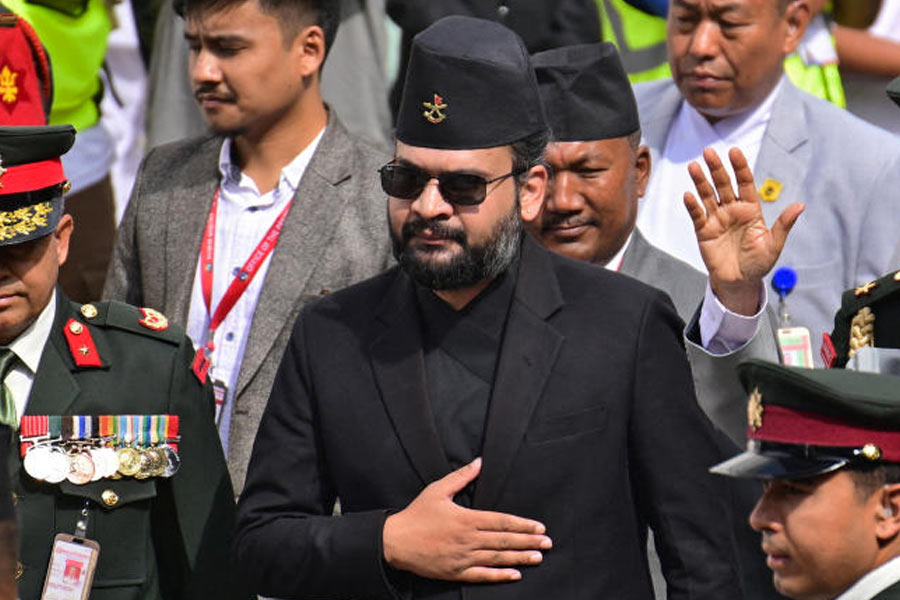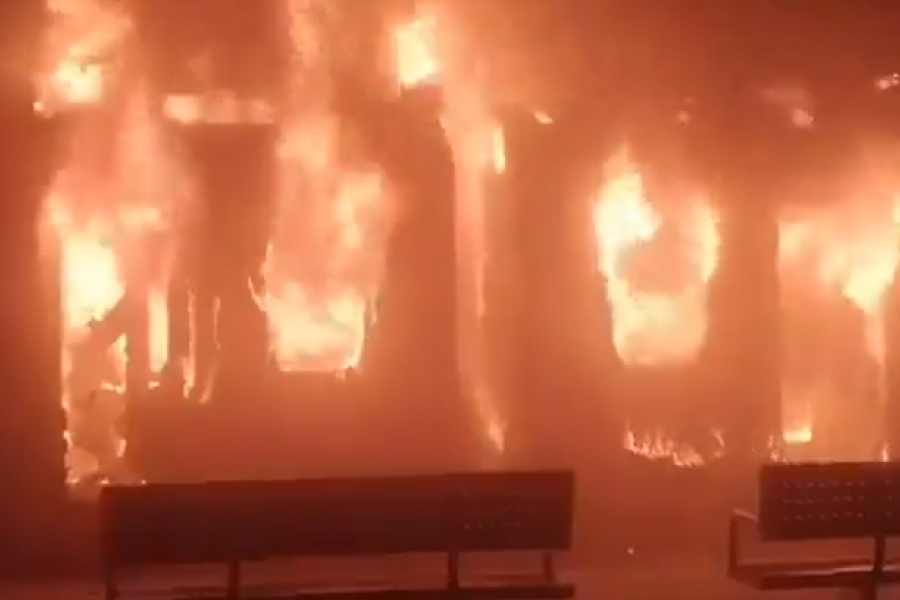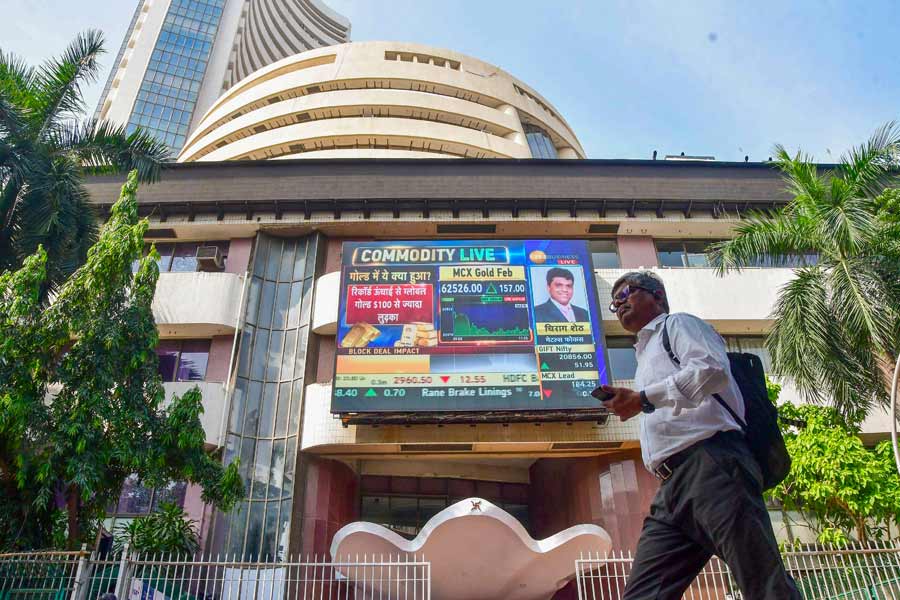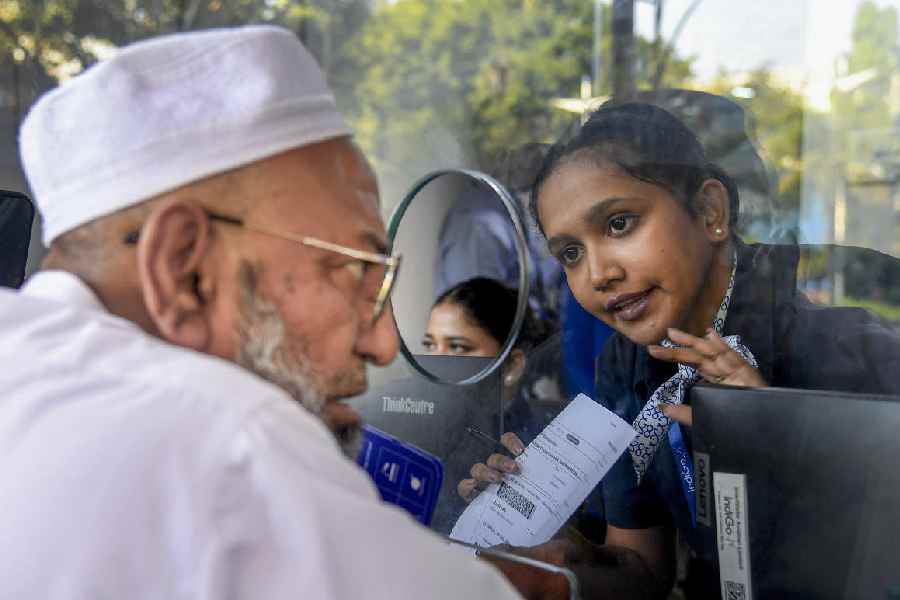Prakash Patra, now the resident editor of The Telegraph in Odisha, was one of the reporters who had interviewed Billa in 1982 on the eve of his execution. Patra, then with The National Herald, recounts how he came face to face with the death-row convict:
Death row in Tihar jail is not part of the normal beat of reporters in Delhi, not even of those who cover crime. But on January 30, 1982, five reporters walked the corridor of Tihar's death row.
The reporters stood in front of a cell, separated by an iron grille, to interview Jasbir Singh alias Billa, hours before he was to hang with his accomplice Kuljit Singh, alias Ranga, for the brutal murders of siblings Sanjay and Geeta Chopra in 1978.
There were some similarities with the rape and murder of December 16, 2012. In 1978, the siblings, too, had hitched a ride. They were tortured and Geeta was raped before she was killed.
I was then a crime reporter with The National Herald, barely two years into journalism. The horrific murder of the children had shocked Delhi and the nation, and after a nearly four-year judicial process, the case was to reach its culmination with the hanging of the two convicts.
Ranga's last effort to have his death sentence overturned had been rejected by the court, which had found that he had been an active participant and that, but for his willing cooperation, his co-accused could never have carried out the dastardly crime.
It was decided that I should seek permission to interview Billa and Ranga. Prabha Dutt, the chief reporter of the Hindustan Times, had already moved the Supreme Court for permission to interview the duo.
I made two sets of petitions to the Union home secretary, Delhi's lieutenant governor, Delhi's home secretary and the director-general of prisons: one to interview the two convicts and another to be present at their hanging.
'Young man, why do you want to watch such a morbid process?' I remember the then Union home secretary asking me.
Ultimately, after the Supreme Court allowed Dutt's petition, I was asked to contact the DG (Prisons). By then, three to four other reporters, including Usha Rai of The Times of India, had petitioned the court and they, too, were granted permission.
I was told that I could interview only Billa, who had agreed to speak to the press. We were told that Ranga did not want to meet anyone and, under the prison manual, a reluctant convict could not be forced to talk to the media.
My second petition to be present at the hanging was, as expected, turned down. The rule, as was explained to me, did not permit any outsider other than close family members to witness the procedure.
At the stipulated time - I recall it was before noon - I reported at the office of the Tihar jail superintendent. I tried to find out more about Ranga and was told that he had become religious and had written something that would be passed on to his relatives. We were told that he had been shifted to another cell.
Billa was lodged in one of the cells in a barracks towards the farthest end of the jail - close to the gallows to which he would be taken the next morning. There was no door, just iron grilles, so that the sentry could keep an eye on the convict.
An Indian toilet was on the left corner and some aluminium utensils on the floor.
When we met him, Jasbir Singh stood about a foot from the grille. What I remember most from that 15-20 minute encounter are two things: how the man trembled and how his voice was high-pitched and clear.
He repeatedly proclaimed his innocence and kept saying that ' Rab' (God) knew that he had not committed the murders for which he was to hang. I don't think any of us present that day believed him for a second.
Those were not the days of instant news. By the time the newspaper reports of the interview were read the next morning, Billa and Ranga had been executed.





